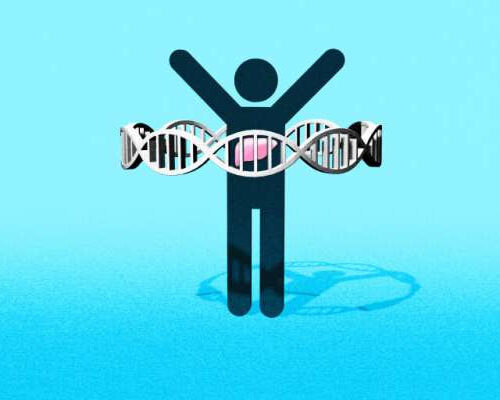by Jacqueline Mitchell, Beth Israel Deaconess Medical Center Generation and characterization of Usp30 KO mice. a Schematic of gene targeting to generate the Usp30 KO mice. b Bar graph shows the levels of Usp30 gene expression in different tissues in Usp30 WT and KO mice (n = 5 for brain, n = 4 for testis, n = 3 for all other tissues)....
Tag: <span>mouse model</span>
Low oxygen levels restore balance and coordination in a mouse model of a movement disorder
by Allessandra DiCorato, Broad Institute of MIT and Harvard Friedreich’s ataxia is a rare, inherited disease that causes progressive nervous system damage, impairing balance and coordination and leaving patients unable to walk by early adulthood. Now, researchers at the Broad Institute of MIT and Harvard have found that treatment with continuous hypoxia—low-oxygen conditions comparable to levels...
Possible genetic basis and mouse model found for severe nonalcoholic fatty liver disease
by Liz Ahlberg Touchstone, University of Illinois at Urbana-Champaign The SRSF1 gene acts as a guardian against DNA damage in the liver, University of Illinois Urbana Champaign researchers found. When it is missing or inactivated, severe nonalcoholic fatty liver disease symptoms develop. Credit: Michael Vincent A mutant or damaged gene may be a cause of...



